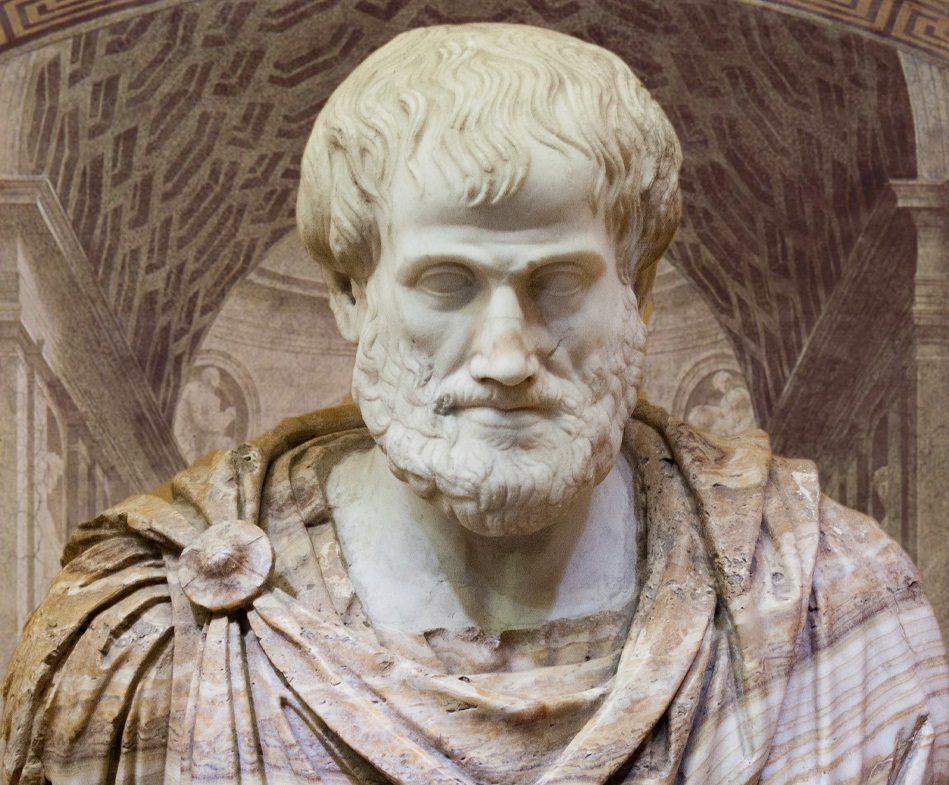
In his publication, The History of the Barometer (The Johns Hopkins Press, 1964), W. E. Knowles Middleton examines the relationship between Isaac Beeckman (1588–1637) and René Descartes (1596–1650). Middleton asserts, “This led him into relationships, and ultimately into conflict, with René Descartes (1596–1650), a highly esteemed philosopher, most of whose views regarding physics have proven to be erroneous.”
This assessment, albeit severe, is historically precise. A contemporary viewpoint might indicate that because Descartes’ theories about physics are predominantly incorrect, they may not justify further discussion. Nevertheless, this perspective overlooks the broader historical impact of Descartes’ ideas, which were influential in shaping scientific dialogue from the late 16th through the mid-18th century. Key figures such as Isaac Newton initially embraced Cartesian thought, and their intellectual journey involved a departure from Descartes’ theories. The release of Newton’s Principia in 1687 initiated a prolonged scientific discourse in Europe between Cartesians and Newtonians, ultimately seeing Newton’s concepts prevail.
Descartes’ most renowned work is “Discourse on the Method” (1637), which delineates his method for scientific investigation. It encompasses three essays as illustrations: “La Dioptrique,” “La Géométrie,” and “Les Météores.” Descartes describes four strategies for acquiring knowledge without error: accepting only clear and distinct truths, deconstructing problems into constituent parts, advancing from simple to complex, and maintaining comprehensive views of the issue.
His essay “La Géométrie” articulates his belief in geometry as the most assured field of study. “La Dioptrique” pertains to optics, wherein Descartes implements his mechanistic worldview—comprised of corpuscular particles—with three fundamental elements defining matter and interactions. However, in contrast to Beeckman, Descartes dismissed the notion of a vacuum.
In the realm of optics, Descartes posited that the transmission of light involved rigid particles that exerted pressure, rather than motion, likening it to a stick used to “sense” the environment, akin to a sight-impaired individual. This model was flawed, as Ole Rømer later demonstrated the finite speed of light in the 1670s, refuting Descartes’ claim of instantaneous travel.
In optics, Descartes successfully derived the principles of reflection and refraction utilizing mechanical analogies of tennis balls and surfaces. Nonetheless, his methodical explanations contradicted his premise that light operated as pressure, not motion.
Although his mechanical theories of optics were deficient, Descartes illuminated aspects of visual perception and proposed theories regarding hyperbolic or ellipsoidal lenses. However, the practical applicability of such lenses was hindered by inherent limitations, delaying immediate progress.
His third appendix, “Les Météores,” investigated atmospheric phenomena with an emphasis on elucidating rainbows through reflection and refraction. Despite his thorough analysis, his account of colors via a mechanical process involving particle rotation was incorrect. Earlier figures such as Theodoric of Freiberg and Kamāl al-Dīn al-Fārisī had accurately described the colors and positions of rainbows.
In spite of these inaccuracies, Descartes’ work significantly shaped subsequent scientific thought, although Newton refuted many of his optical theories. Newton’s extensive experiments on light and color ultimately offered a more precise understanding.
In conclusion, Descartes’ contributions to physics and optics, despite numerous errors, were instrumental in the scientific discussions and progress of his era, impacting figures such as Newton, who built upon and rectified Descartes’ theoretical constructs. Descartes’ work serves as a historical foundation for the scientific advancements we recognize today.